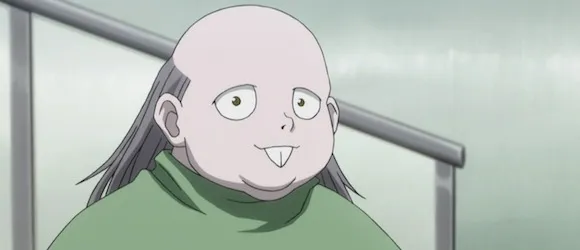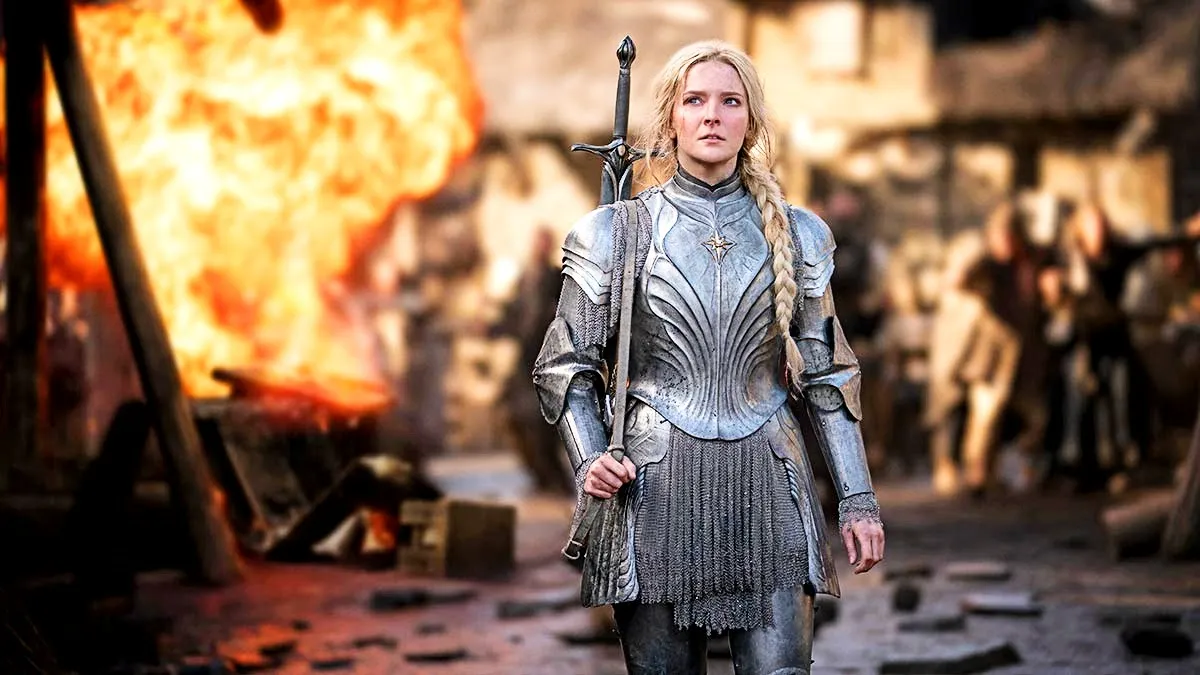Since the “girl power” wave of the 90s and early 2000s, many media-makers stateside have been much better about including diverse female characters in media directed toward a younger audience. But while Sailor Moon was one of the forerunners of this well-intentioned movement, much of the material from Japan which has been licensed for release in the States is marketed toward boys or men, and magical girls have fallen out of popular favor (recent reboots notwithstanding). Needless to say, when there are female characters in this kind of media, they are often a love interest, and they often fall into one of a handful of anime stereotypes.
I tend to watch a lot of shonen anime – that is, anime marketed for boys aged approximately nine to fifteen. They are tropey and silly and usually pretty fluffy, with overarching themes of friendship and determination. I never expect these shows to be ground-breaking in their treatment of story or characters, no matter how much acclaim they often receive.
I went into the most recent adaptation of Hunter x Hunter with very much this attitude, and with good reason. With an original manga written by Yoshihiro Togashi of Yu Yu Hakusho fame, and yet another four-character, all-male cast of protagonists, this promised to me to be a fun romp through a boys’ fantasy world. And while it is just that in many ways, it surprised me with much of its depth and breadth.
To summarize the sprawling story in brief, the series lead, Gon, has set out to become a “Hunter” in order to find his father who abandoned him to do the same. Along the way, Gon meets Killua, the youngest son of a family of assassins, Kurapika, the sole survivor of a massacre who is out for revenge, and Leorio, the lanky comedy relief character with a heart of gold whose goal is to become a doctor. Their adventures take them from the Hunter exams, to Killua’s family mansion, to a giant fighting tournament, to an auction run by mobsters, to a video game… there are few people can’t find an arc which suits their tastes.
Regardless of the aforementioned protagonists, HxH boasts a huge array of supporting characters, both sympathetic and not, who range in age, body type, gender, and strengths. Among the women there is a headstrong black girl butler (a real rarity in Japanese media), a busty sharp-shooting villain with a huge Roman nose, and an incredibly powerful fifty-something woman who maintains the body of a little girl in order to hide her overpowering, unfeminine musculature.
But above and beyond these characters, there is Senritsu (or “Melody” in the English translations), who we meet working for a mob boss alongside Kurapika during the third season. Senritsu is short, fat, balding, eyebrowless, and buck-toothed. She has a serious degenerative skin condition because of a curse placed upon her from hearing an ancient musical composition called the “Sonata of Darkness,” but the audience has no way of knowing whether or not that same curse – which was meant to kill her – had any affect on the rest of her appearance. And despite her supposed “ugliness,” she is one of the most caring, thoughtful, and interesting characters in the series. She is a musician with both the ability to influence peoples’ emotions through playing the flute, and the ability to hear sounds no normal human ears can – including heartbeats. Senritsu’s goal is to find a way to reverse the curse which was cast on her, and she will use whatever means necessary to do so. She aids the protagonists repeatedly, despite the fact it never directly benefits her, and she constantly has to bring the normally-rational Kurapika to his senses whenever he gets angry enough to take foolish risks for the sake of revenge (which he does an awful lot from season three onward).
It’s hard to be certain whether or not Togashi created Senritsu with the intention of being progressive, but she is one of the most honest-to-reality characters I’ve ever seen. And despite the fact that she is technically a minor character, her presence in media is extremely important, and even moreso by virtue of the fact that she hails from the shonen genre, which often treats women like pretty treasures to be rescued and kept safe. She is proof, in her own small way, that female characters don’t have to be attractive to be cared about, and don’t have to be searching for romance to exist in a heavily male-occupied space.
I am grateful for the beautiful women in media who are strong and smart and complex but I am also grateful for female characters who don’t need beauty to have strength and smarts and complexity. There are many things more important than beauty, and Senritsu is one example of paving the way toward real diversity in the representation of women in media. We can only hope other creators see Togashi’s example and at the very least, consider the possibility of physically “flawed” women in their work.
Morgana Santilli is an aspiring comic book writer/artist and an avid viewer of anime and reader of manga. She believes that media is one of the largest influences we have in our lives, and she therefore promotes thinking critically about media in its many forms. Some of her artwork can be seen at her tumblr.
Are you following The Mary Sue on Twitter, Facebook, Tumblr, Pinterest, & Google +?









Published: Jun 6, 2014 11:45 am